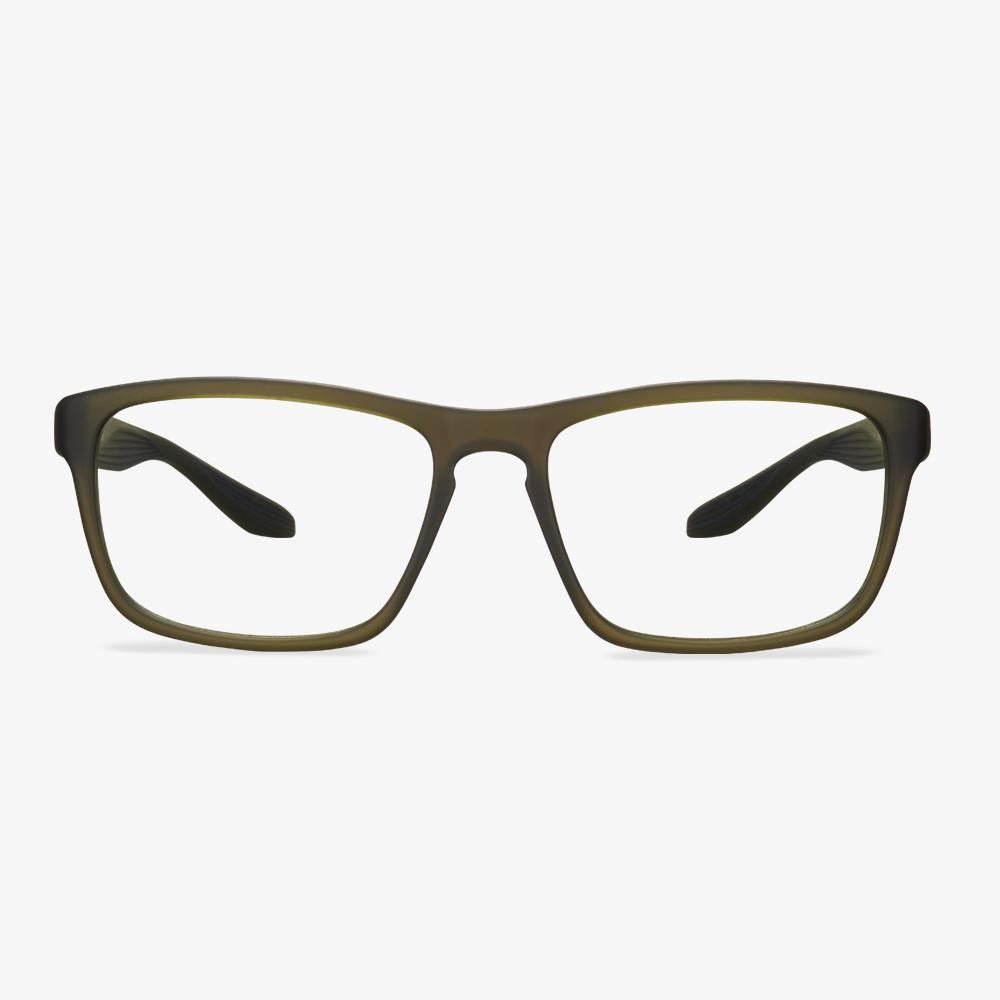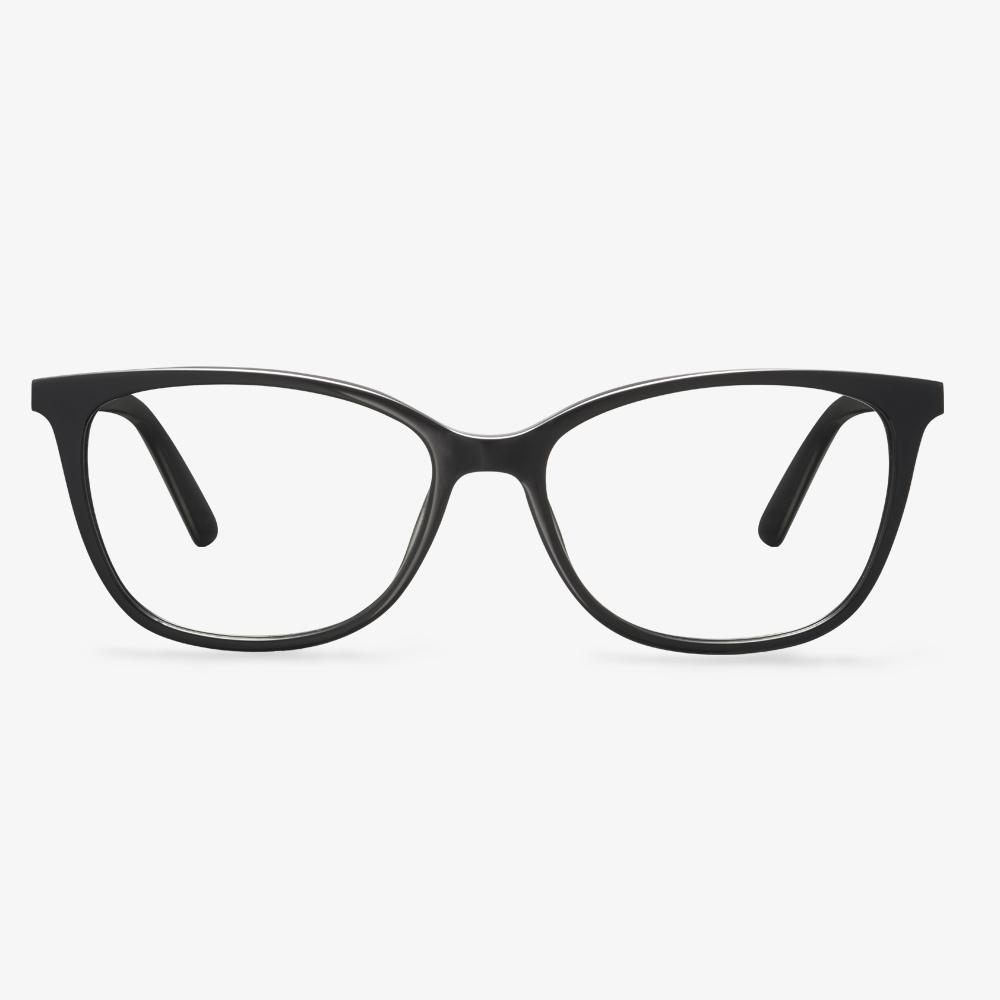What is cellulose acetate?
Cellulose acetate refers to a thermoplastic resin obtained by esterification with acetic acid as a solvent and acetic anhydride as an acetylating agent under the action of a catalyst. It is the first commercially produced and continuously developed fiber among cellulose derivatives. Vegetarian organic acid esters.
Should I wear glasses all the time for myopia?
Whether it is false myopia or true myopia, as long as a pair of suitable myopia glasses are used to complement the missing refractive power of the lens, the image of the object can fall on the retina again, and the distant objects can be seen again. Adolescents usually use high eye intensity and often wear myopia glasses, so that the ciliary muscles do not need to be 'so tired' to adjust, which can avoid further aggravation of pseudomyopia. However, adolescents are still in the process of development, and the degree of true myopia will gradually increase with age. Therefore, as the degree of myopia develops, refraction should be performed at regular intervals, and appropriate glasses for myopia can be prepared to prevent false myopia.
For adults under 200 degrees, because the degree is relatively light, they can wear glasses when they are looking at the distance and not wear glasses when they are near, which has little effect on vision. But for adults with high myopia, because of the weak adjustment ability of the eyes, it is recommended to wear glasses regardless of near vision or distance vision.
In summary, wearing myopia glasses is to reduce eye fatigue and prevents the occurrence of false myopia. Wearing myopia glasses from time to time may aggravate the degree of myopia, and wearing them often does not cause a burden on the eyes. Therefore, for myopia glasses, wearing them frequently is the most correct way to wear them.
Do you need to wear glasses to drive?
In the evening, lights from street lamps, buildings, and other vehicles create a lot of reflection on the windshield, making it hard to see. It's even worse when it rains. But if your glasses have an anti-reflective coating, they can reduce the glare and reflections, allowing you to see more clearly while driving at night.
Glasses Size - Bridge Width
The bridge width is the distance between two lenses, measured from the innermost layer of each lens. Finding the right bridge width will allow your sunglasses or glasses to be put properly on the bridge of your nose. The bridge of the nose is an essential element because even though the frame looks pretty attractive, it helps people see more clearly. The precise distance between the two lenses helps reduce the pressure on the eye, helping the nose, without putting too much pressure on the inside of the eye. The size of the eye and the size of the bridge is usually adjacent, sometimes separated by a square icon.
Why were eyeglasses invented?
Glasses are commonly used for vision correction, such as reading glasses and myopia glasses, but they are sometimes used for cosmetic purposes if special lenses are not available. Safety glasses provide eye protection for a construction worker or laboratory technician against flying debris. They provide protection against visible and near-visible light or radiation. Sunglasses can improve vision in bright sunlight and can protect your eyes from excessive UV damage. Special glasses can be used to view specific visual information. Sometimes glasses are used purely for fashion or aesthetic purposes. Even eyeglasses used to correct vision come in different kinds of styles, with frames made of plastic, metal, wire, and other materials.
Find the right size
The right glasses should sit comfortably on the bridge of the nose, not pressed against the forehead or cheeks. But they don't stay at the tip of the nose for so long that they slip while squinting or wrinkling your nose. The fit of the nose determines the distance between the glasses and the face. A proper fit should allow the lens to be between 14 and 24 millimeters away from the eyes. When you want to find glasses that fit, don't clip, don't slip, and don't lead to discomfort, you have to find out the size you need.
Benefits of glasses
You don't need a special cleaning plan, and they don't require much care. You can choose from a variety of frames to suit your style. If your vision stays the same, you won't need to change your glasses as often. You don't need to touch your eyes to wear them, and in addition, glasses can adjust the amount of light entering your eyes for optimal comfort and vision. Glasses are more powerful modifiers than contact lenses. Glasses are not only used as a tool to correct vision but as accessories. On different occasions, the different dresses should match different frame glasses, reflecting the person's different temperament.











































